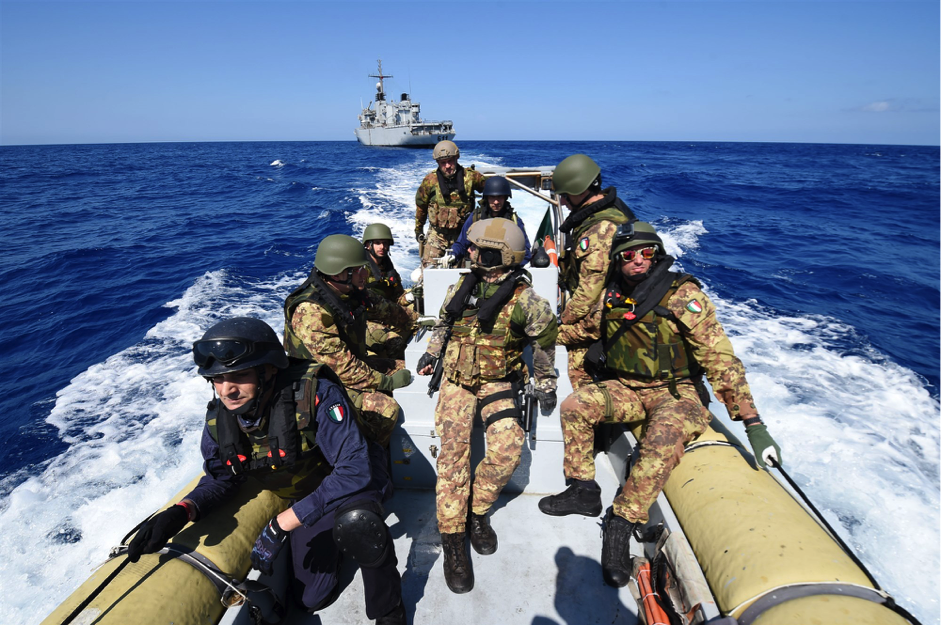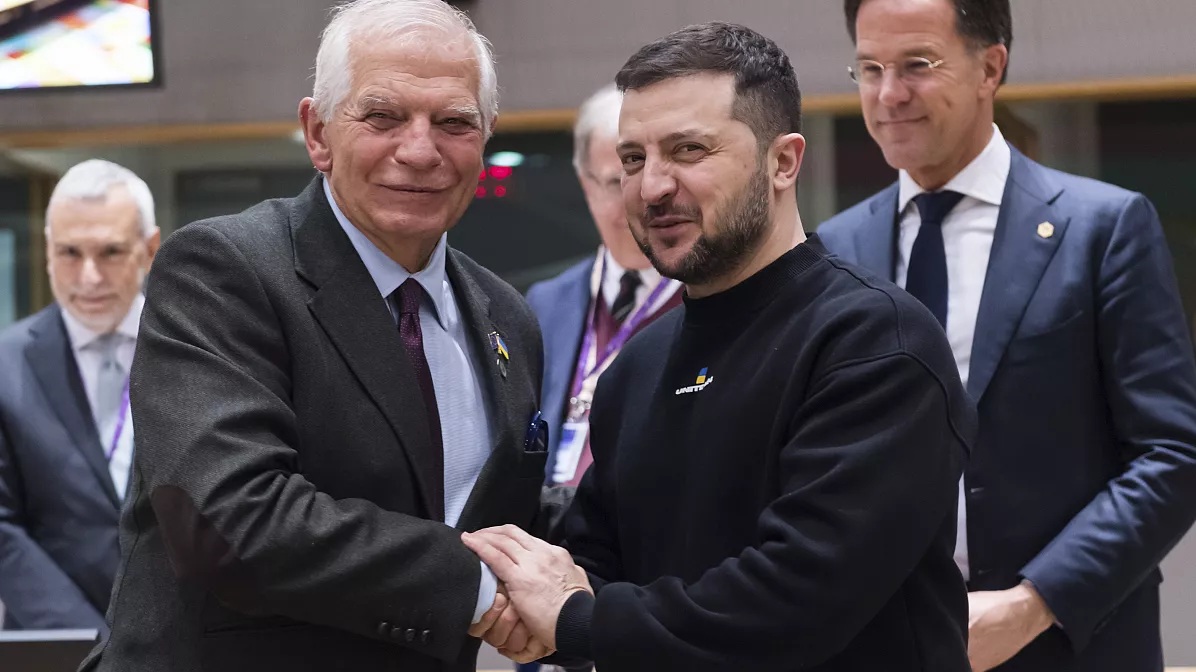European Centre for Counterterrorism and Intelligence Studies-Germany and Netherlands
By Hugo Decis/ IISS
On 4 May, the new mission of the European Union Naval Force Mediterranean (EUNAVFOR MED), Operation Irini, began its activities to help enforce the United Nations arms embargo on Libya. However, it currently has just three air assets and one naval platform assigned to it. The scarcity of assets deployed so far means that the mission is probably too small to have a substantial impact. It also clearly has a maritime emphasis, whereas land and air routes are also used extensively to supply arms to the parties involved in the conflict. The limited political cohesion within the EU on the issue of Libya may be one reason why it could prove difficult to boost Irini’s capabilities, but there are potentially others as well.
Irini’s difficult birth
On 31 March 2020, High Representative of the EU for Foreign Affairs and Security Policy Josep Borrell announced agreement on the creation of Operation Irini. As well as its core mission to support the implementation of the UN arms embargo on Libya, it inherited some secondary tasks from its predecessor, EUNAVFOR MED Operation Sophia, including the training of the Libyan Coast Guard and Navy and search-and-rescue duties.
Borell himself described it as an important contribution to the political process aimed at ending the conflict in Libya. However, it took weeks of difficult negotiations between EU member states to reach agreement, resulting in a limited mandate for the mission. Operation Irini has been viewed by some as a lever against Turkish efforts to establish a major foothold in Libya. Turkey’s material support, including arms, for the weak, UN-backed Government of National Accord chiefly comes by sea. Thus far, only a small number of member states have been contributing or apparently plan to contribute capabilities to the mission. Currently the mission lists its only assets as the Greek frigate Spetsai, a German P-3C Orion maritime-patrol aircraft and one small aircraft for reconnaissance each from Luxembourg and Poland.
The EU has spoken of using aerial, satellite and maritime assets, underscoring both that the challenge is about more than just maritime operations and that Operation Irini was never going to be more than part of the answer. However, the focus of attention has been on maritime activities, and Operation Irini has appeared severely under-resourced for the task assigned to it: it has rarely had more than one vessel to its name, with the French destroyer Jean Bart and the Greek frigate Hydra having been deployed together for just two weeks, between the 14 and 28 May. This paints an incomplete portrait of the operation as it has occasionally been supported by other locally active European ships, but it still illustrates how limited its reach has been. According to the EU, until mid-June Operation Irini had hailed over 130 vessels, at least 100 of them in relation to suspected violation of the arms embargo. However, the amount of weaponry transferred to Libya remains significant, and Irini’s impact limited, with no weaponry having been seized – although the mission’s role in monitoring and recording activities is not insignificant.
Giving Irini a boost?
On the face of it, there would appear to be a significant pool of further capabilities that the EU could draw on to bolster the mission, including among those member states listed below, which are the most likely countries to contribute.
Clearly, additional resources could be made available. However, European countries have so far shown little desire to do so. Germany has indicated that it will deploy a ship, though it is unclear if this would be an additional asset for the mission or a replacement vessel. Moreover, European navies are increasingly committed in other directions, such as the Gulf of Guinea, where the French Navy is engaged in Operation Corymbe; the European-led Maritime Awareness Mission around the Strait of Hormuz; and off the coast of Somalia, where the EUNAVFOR MED Operation Atalanta currently operates. On top of this, NATO’s increased requirements under its Readiness Initiative potentially reduce the number of vessels available for strengthening Operation Irini. Extended deployments are a considerable drain on resources, and the challenges of COVID-19 are adding to operational strain. Greater involvement from NATO, via either maritime or air assets, could provide reinforcement. However, Turkey could obstruct any closer cooperation between the EU and NATO on Libya.
The EU’s limited political cohesion on Libya has handicapped its ability to play a greater role in trying to end the conflict. It has also constrained the resources devoted to a key plank of its approach. However, while more assets could be assigned to Operation Irini, there are other challenges involved in doing so. While the mission was never going to resolve all of the issues inherent in enforcing an arms embargo on Libya, the EU’s initial statements created expectations – including over the resources to be devoted to the mission – that have so far not been fulfilled. This will reinforce the sense that the EU continues to struggle in its efforts to brand itself as a security provider, within an already uncertain international order.




